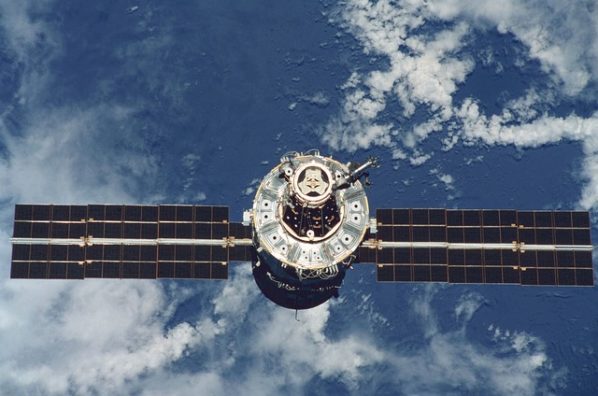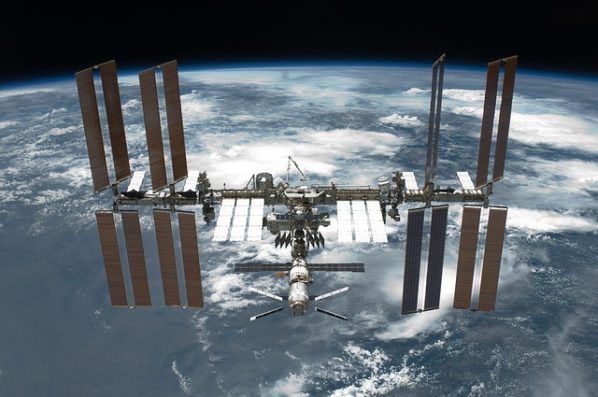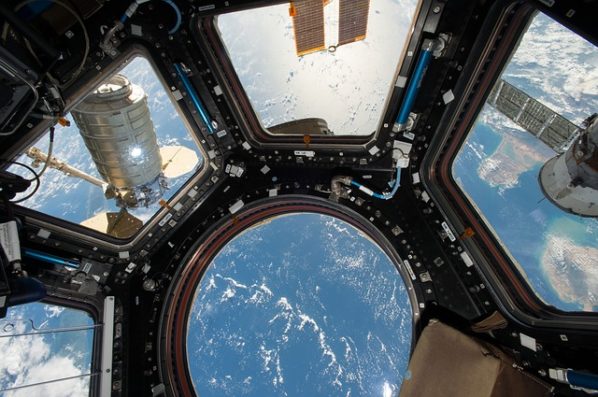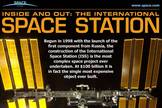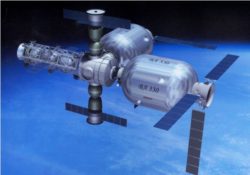How Solar Energy Keeps the International Space Station Going
Solar energy is a big deal on planet Earth right now. People around the world have discovered its benefits. Its clean, renewable, and affordable. Once you have an array in place, you can power your home or business for decades. Solar helps us off-planet just as much as it does at home. The sun is our most plentiful power source, and scientists and researchers have found ways to tap into it on the International Space Station.
Why Does the Advisory Committee Want a Smaller ISS Crew?
There are currently six astronauts on the International Space Station right now — three from the United States, two from Russia and one from Japan. You can use this website to see who they are and how many days they’ve been in space. There are even informational profiles for each astronaut, so you can learn more about them. A total of six astronauts doesn’t sound like a lot in the grand scheme of things, but that hasn’t stopped the Advisory Committee from recommending smaller ISS crews going forward. Why does the committee want smaller teams on the International Space Station, and what will this mean for the future of the…
Does Space Tourism Have Health Risks?
Space tourism poses health risks, but short trips are manageable for people in average health. Psychological impacts, like space anxiety, are crucial.
The International Space Station: Inside and Out [Infographic]
“Begun in 1998 with the launch of the first component from Russia, the construction of the International Space Station (ISS) is the most complex space project ever undertaken. At $100 billion it is in fact the single most expensive object ever built.” Taken from the infographic below:
Non-Rocket Spacelaunch – Space Elevator
Why non-rocket spacelaunch? Because the current chemical rockets are really expensive. In order to further explore outer space and establish a permanent human presence in space we need more cost efficient spacelaunch methods.
Inflatable Space Stations
NASA is considering the use of inflatable modules for the International Space Station (ISS). This idea has been proposed as early as in the 1960s, but it has never been put to use in space until Bigelow Aerospace took over the idea and developed two working prototypes and tested them in space.

